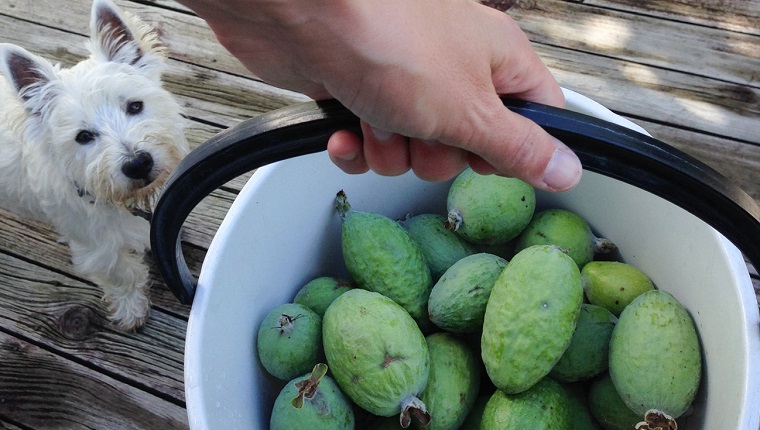Can dogs eat pineapple guava? Dogs can certainly eat pineapple, and guava is a wonderful treat for dogs. But does pineapple guava have the same attributes? Is it safe for dogs?
The short answer is yes, pineapple guava is safe for dogs with proper preparation, but it isn’t as safe as pineapple or guava. It isn’t as easy to prepare as…









